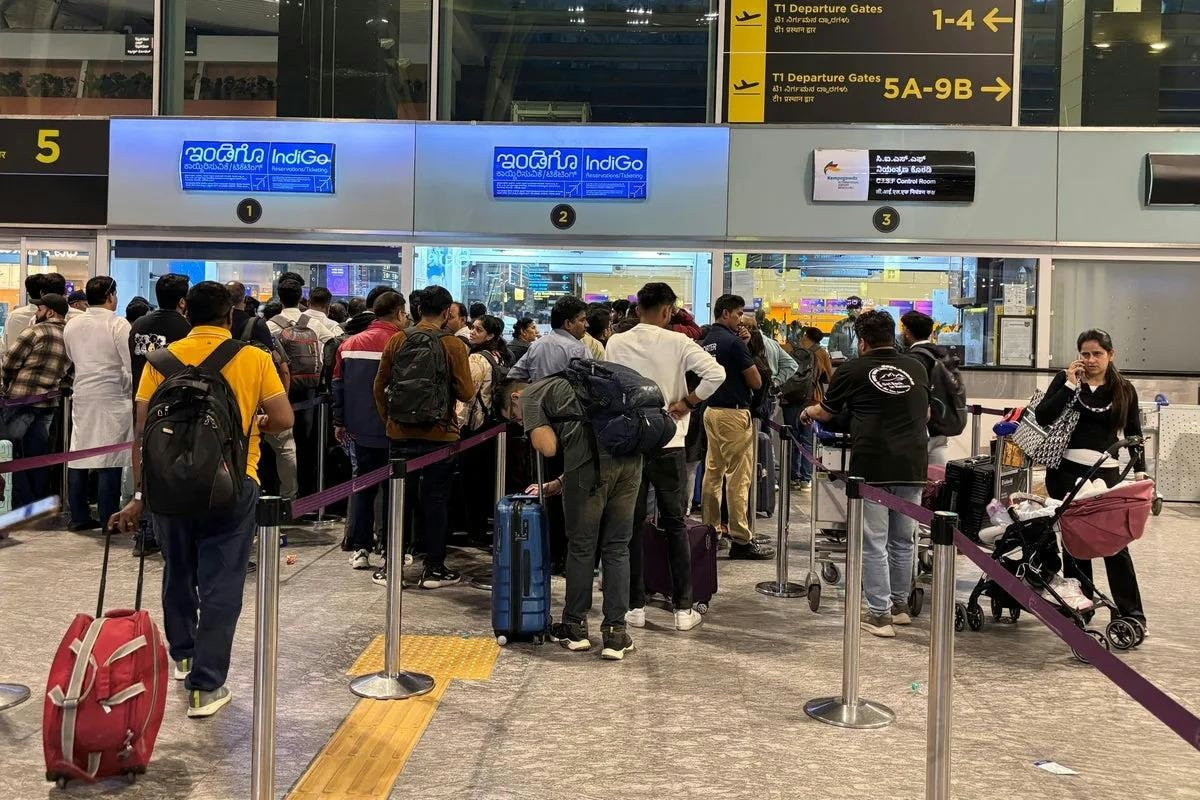
AeroGenie — ваш интеллектуальный второй пилот.
В тренде
Categories
Advancements and Challenges in Modern Airport Development

Advancements and Challenges in Modern Airport Development
As airports around the world undertake ambitious terminal expansions, air mobility projects, and enhanced passenger services, U.S. airports face mounting pressure to meet escalating expectations. In response, many are committing substantial investments toward modernization and innovation aimed at elevating the passenger experience, strengthening safety protocols, improving operational efficiency, and ensuring sustainability over the long term.
Modernization Initiatives and Technological Upgrades
Modernization efforts increasingly focus on integrating cutting-edge technologies and sustainable infrastructure. Airports are pioneering projects such as solar-powered runways and electric aircraft hubs, which necessitate specialized facilities to accommodate next-generation aircraft. For instance, San Antonio International Airport has introduced a parking structure equipped with a landing pad for electric vertical takeoff and landing (eVTOL) aircraft, commonly referred to as flying taxis. Similar initiatives are progressing in cities including Los Angeles, Orlando, and Miami.
Digital transformation is also reshaping airport operations. Major hubs like Atlanta and Detroit have implemented biometric screening systems for security, self-service boarding kiosks, and digital twin models that simulate passenger flow to optimize gate utilization. Drawing inspiration from European counterparts, U.S. officials are exploring remote and virtual control towers—technologies already operational in the United Kingdom and Sweden—that employ high-definition cameras and sensors to provide air traffic controllers with comprehensive, real-time views of airport activity from offsite locations.
Funding and Public-Private Partnerships
The financial demands of these advancements pose significant challenges. Public-private partnerships (P3s) have become a critical mechanism for funding airport upgrades, as public budgets alone often fall short. Noteworthy examples include LaGuardia Airport’s Terminal B redevelopment, which secured $4 billion in private investment, and Denver International Airport’s Great Hall renovations. This collaborative funding model is increasingly viewed as essential for U.S. airports to maintain global competitiveness.
Emerging Projects and Industry Trends
Orlando International Airport is preparing to develop a state-of-the-art vertiport dedicated to eVTOL aircraft, designed to alleviate ground congestion and improve regional connectivity. Situated on the airport’s East Airfield, the project is expected to be financed through a combination of public and private sources, with construction anticipated to commence in 2028. This vertiport aligns with Orlando’s broader vision of becoming a multimodal hub where traditional rail and aerial transit systems integrate seamlessly.
Concurrently, the Federal Aviation Administration (FAA) is supporting research initiatives aimed at regulating and promoting advanced air mobility corridors, further facilitating the evolution of the industry.
Challenges and Market Reactions
Despite these technological and infrastructural advancements, airports confront considerable obstacles, including escalating construction costs, complex regulatory environments, and environmental concerns. Kennedy International Airport’s forthcoming $9 billion international terminal, scheduled to open next year, has secured Taiwan’s China Airlines as a principal tenant. However, market responses remain mixed; while some investors recognize the growth potential in new terminals and infrastructure, others express apprehension regarding the financial pressures placed on airport authorities.
On a global scale, competition among airports is intensifying. Strategic partnerships are being forged to enhance operational efficiency and expand market reach, exemplified by the recent memorandum of understanding between Incheon International Airport and Brussels Airport focused on joint marketing and cargo route development.
As the aviation industry continues to evolve, U.S. airports face the complex task of balancing innovation with fiscal prudence and regulatory compliance to sustain their leadership in the global aviation sector.
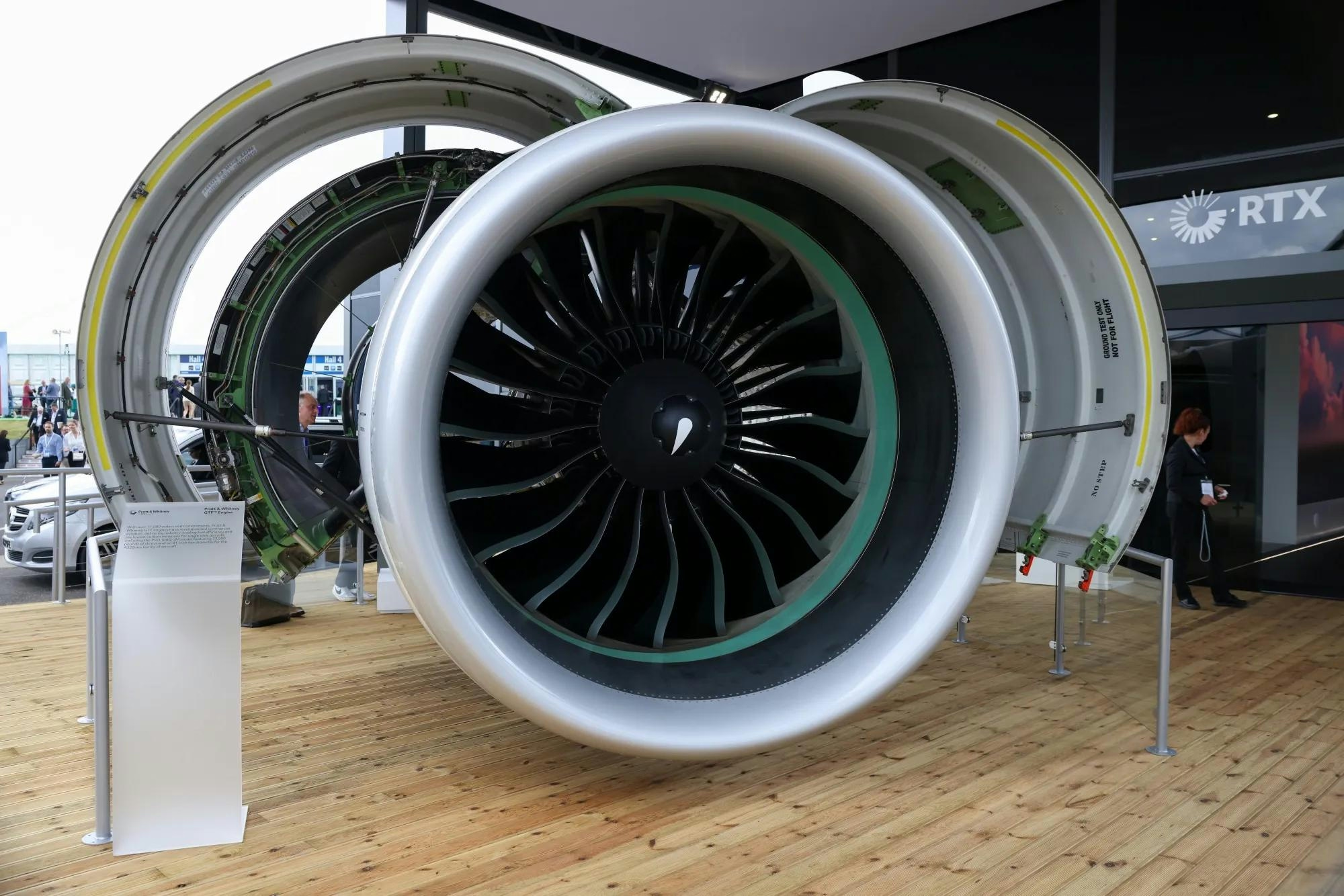
Spirit Signs Agreement with Pratt & Whitney Units on Aircraft Engines
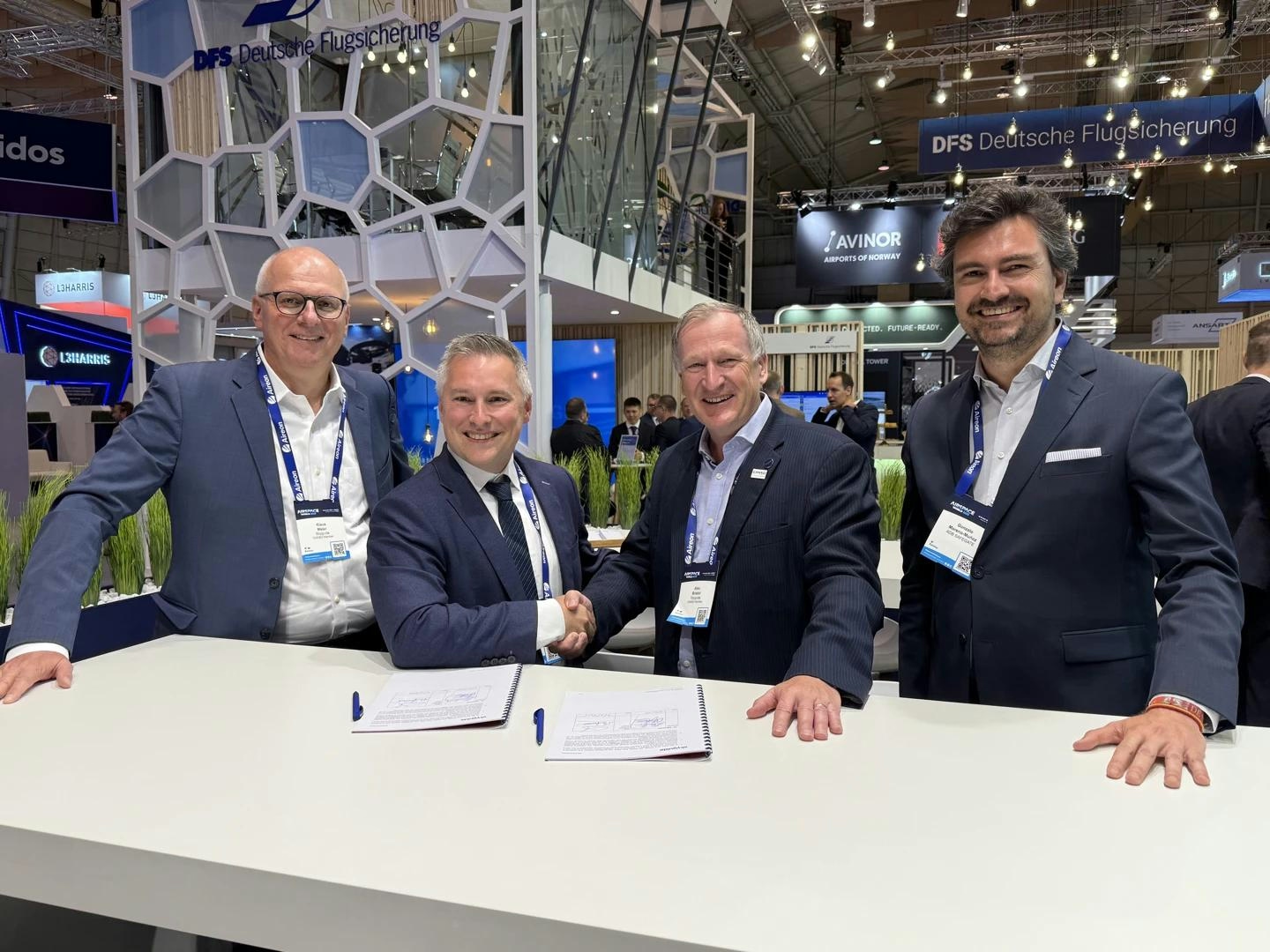
ADB SAFEGATE Receives Industry Awards for Marketing, R&D, and Social Impact

GA Telesis Secures Five-Year Landing Gear Overhaul Agreement with Major U.S. Carrier

Government Strengthens Aviation Safety Framework Amid AI-171 Investigation

NASA Software Raises Bar for Aircraft Icing Research
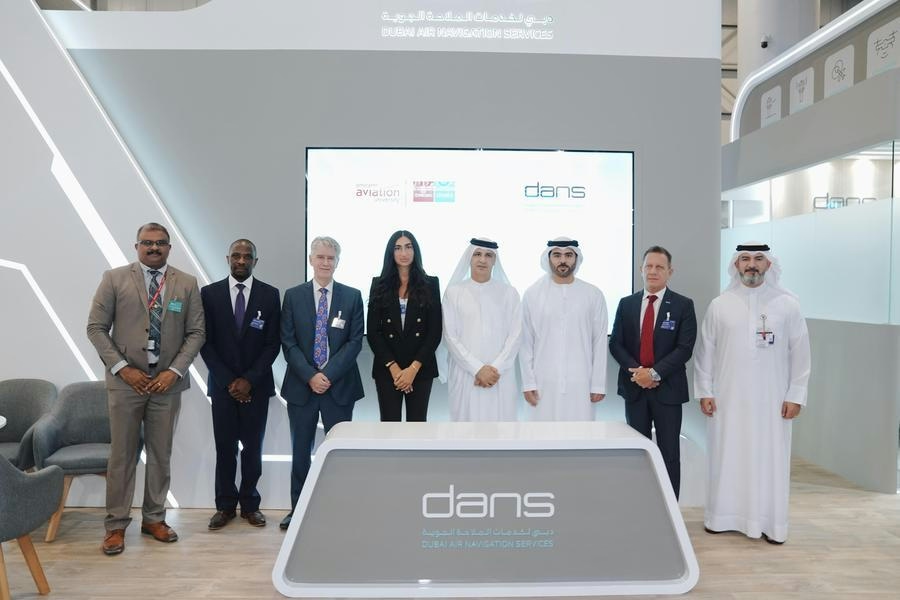
Dans and Emirates Aviation University Partner on AI Air Traffic Management Research
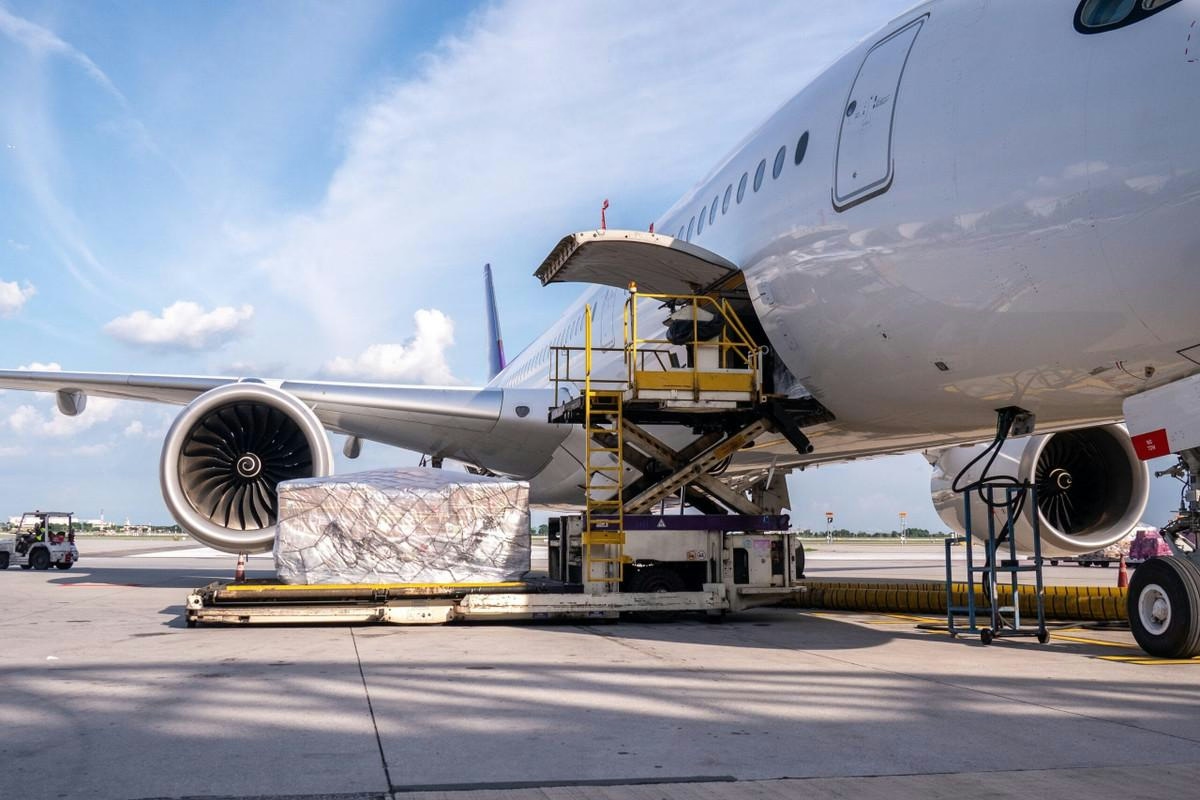
Nigus and AXISCADES to Develop Nigeria’s First Major Aviation MRO Hub
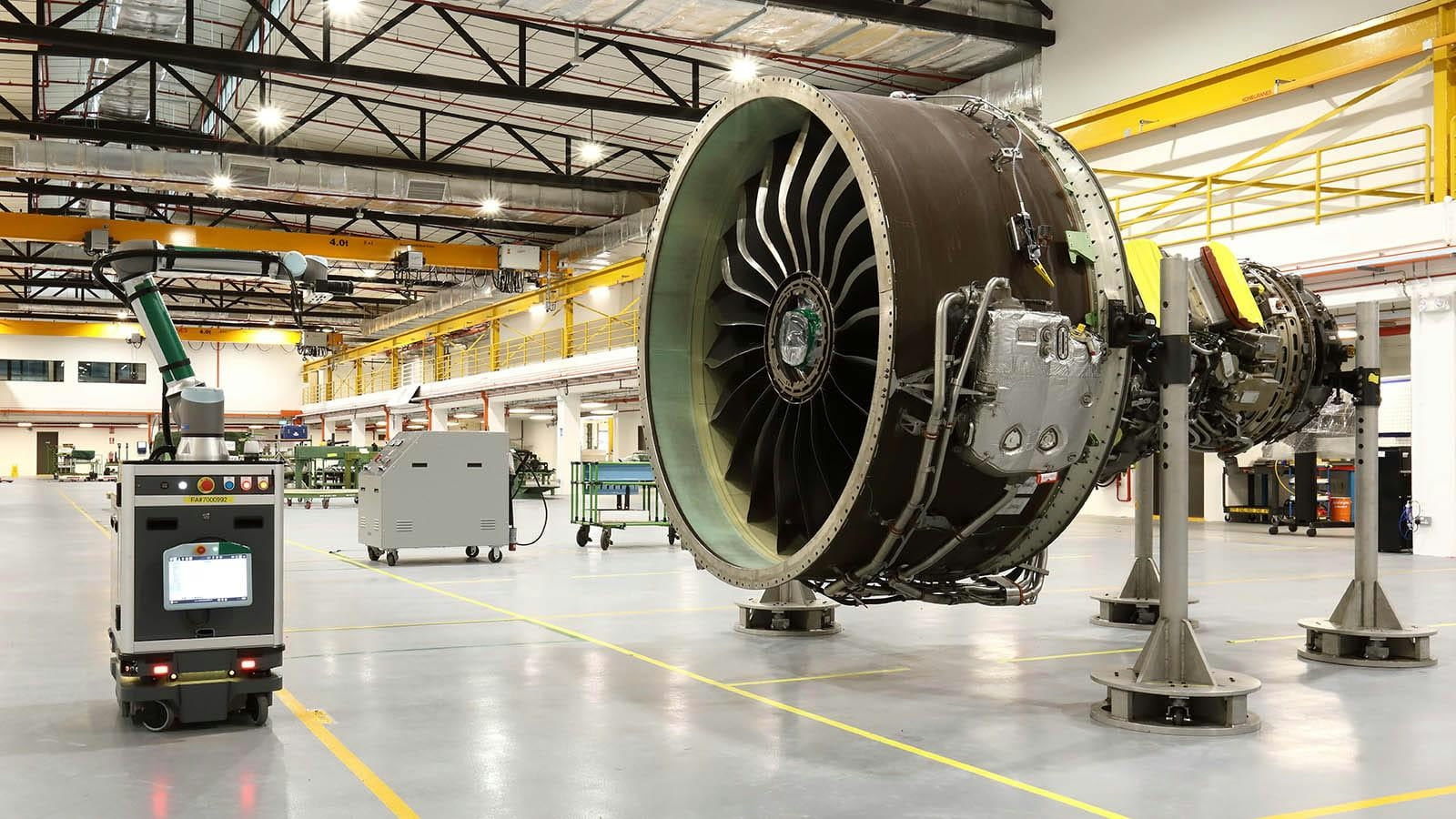
Commission Unveils Industrial Strategy for Aviation Sector

Congressional Committee Expresses Bipartisan Support for Advanced Air Mobility
